The 10 Biggest Oracle News Stories Of 2021 (So Far)
CRN takes a look at some of the biggest stories involving Oracle this year so far. One executive at an Oracle partner says the company‘s aggressive push into cloud services across public, private and edge has made the tech giant “an increasingly popular choice” for its hybrid cloud users.
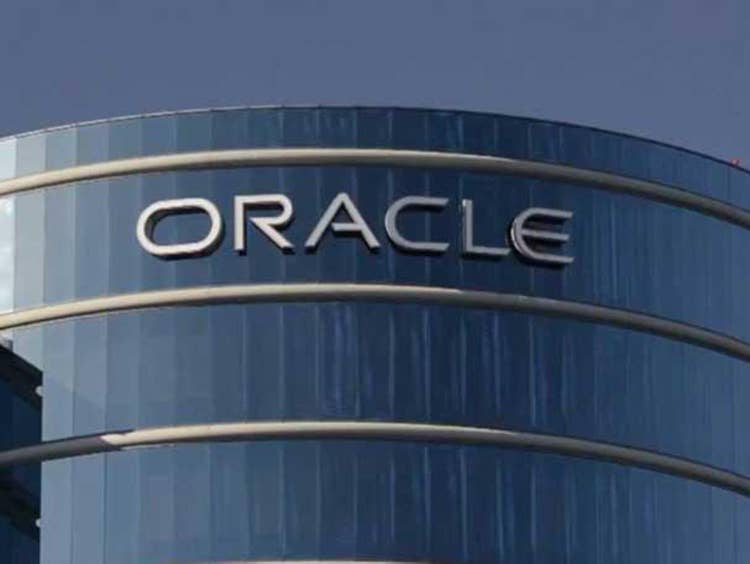
The launch of Cloud Lift Services, new capabilities for Autonomous Data Warehouse, a loss to Google in a long-running legal battle over Java and fresh attacks on rivals SAP and Amazon Web Services (AWS) are among the biggest headlines for Austin, Texas-based tech giant Oracle so far in 2021.
Brad Parks, chief marketing officer at Morpheus Data, an Oracle partner, said that Oracle’s aggressive push into cloud services across public, private and edge has made the tech giant “an increasingly popular choice” for Morpheus’ hybrid cloud users.
Some of the biggest Oracle news of the year so far in Parks’ view include Oracle’s ServiceNow integration, region expansion and news around Oracle’s Roving Edge Infrastructure.
“The days of an enterprise having a single hyperscale cloud provider are over,” he said.
Read more about the biggest headlines of the year so far for Oracle.
For more of the biggest startups, products and news stories of 2021 so far, click here.
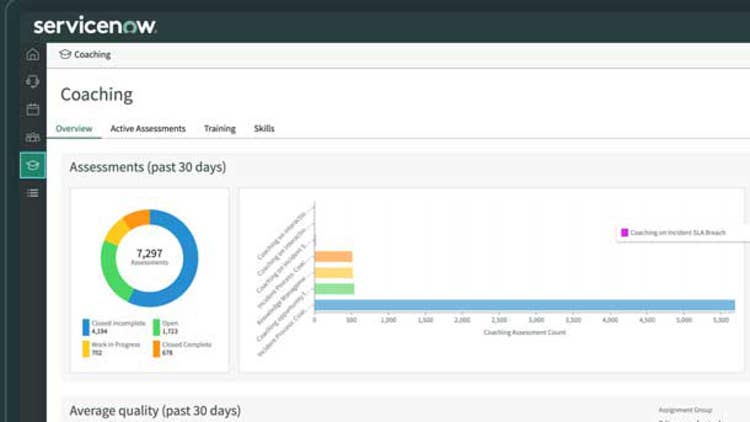
10. New ServiceNow Integration
Oracle announced a new integration between Oracle Cloud Infrastructure and enterprise digital workflow software provider ServiceNow in April, giving partners of both companies better visibility tools to offer customers.
The integration aims to give distributed teams more visibility into workload migration even in a multi-cloud infrastructure, Clive D’Souza, Oracle’s general manager and senior director of engineering for OCI strategic partnerships, told CRN at the time.
Joint customers can see changes in OCI instances and manage various resources through ServiceNow’s IT Operations Management (ITOM) software. The integration should give channel partners of both companies improved offerings to customers, D’Souza said.
OCI users utilizing ServiceNow’s ITOM software gain new capabilities for organizational level auditing and event notification and incident response, among other services.
Brad Parks of Morpheus Data said that ServiceNow is a component of most of its enterprise deals. Morpheus has “provided linkages between ServiceNow and the 20 private and public clouds we support, including Oracle Cloud and Oracle VM, for several years.”
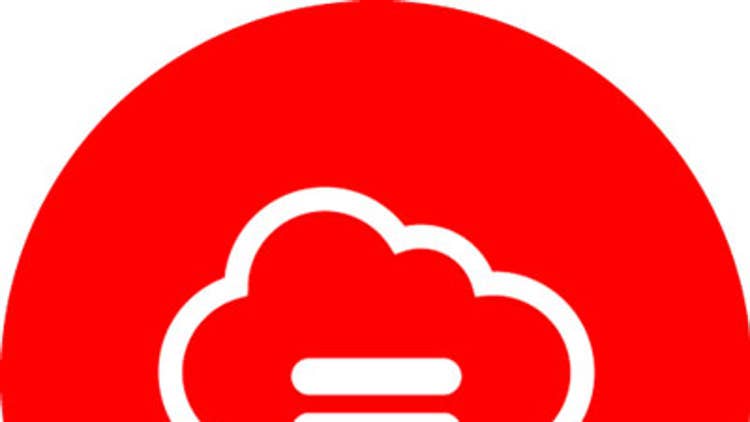
9. Oracle Makes GoldenGate A Managed Service
Oracle made its GoldenGate data integration tool available as a managed service on Oracle Cloud Infrastructure (OCI) in April, a move that could help partners with customers that have fragmented data and want to work with multiple clouds.
The new OCI GoldenGate turns the tool into a pay-as-you-go managed service with capabilities for automation and scaling, Jeff Pollock, Oracle vice president of products, told CRN at the time. Cloud customers gain a platform to design, execute, orchestrate and monitor data replication and streaming data events, saving time and expense.
“What’s cool about this service for our partners is you get access to this industrial-strength software,” Pollock said. “You can run it as a fully managed service, and it’s not going to cost you an arm and a leg. So that’s a big, big change in the market approach that we’ve covered with this service.”
The service is built on the GoldenGate 21c micro services architecture and integrates with on-premises Docker and Kubernetes “mesh” deployments of GoldenGate with no shared framework dependencies or shared repository.

8. New Partnerships Exec Hired
CRN learned in March that Oracle hired a longtime Microsoft executive to fill a new position aimed at helping to develop the partner strategy at the cloud infrastructure and database giant.
Doug Smith joined Oracle as a senior vice president and head of strategic partnerships at Oracle, within the company’s corporate operations team, according to an internal memo shared with CRN. Smith had spent the past 16 years with Microsoft.
As part of his role at Oracle, Smith will be responsible for developing a partner strategy related to cloud alliances and relationships with independent software vendors--with the aim of helping to drive revenue and customer satisfaction, according to the memo. Oracle’s strategic alliances and inbound licensing teams will work with Smith.

7. Oracle Expands Regions
Oracle’s ongoing region expansion “should enable Oracle to go after customers in highly regulated industries where data sovereignty is a concern,” Brad Parks of Morpheus Data told CRN.
The tech giant opened the Vinhedo Cloud region in Brazil in May to support growing cloud services demand in the nation, according to a statement from the time. This is the company’s 30th cloud region worldwide and makes Oracle one of the first cloud providers with three hyperscale cloud regions in Latin America.
The new region delivers Oracle Cloud applications, Oracle Autonomous Database, Oracle Container Engine for Kubernetes and Oracle Cloud VMware Solution, all of which run on OCI, according to a statement.
In June, Oracle also received FedRAMP High Provisional Authority to Operate (P-ATO) from the Joint Authorization Board (JAB) and Defense Information Systems Agency (DISA) Impact Level 5 (IL5) accreditation for infrastructure-as-a-service and platform-as-a-service, making more cloud services available to customers in its American government regions.
The new accreditation extends use of Oracle Digital Assistant and Oracle Cloud VMware Solution for government uses, according to a statement from the time.
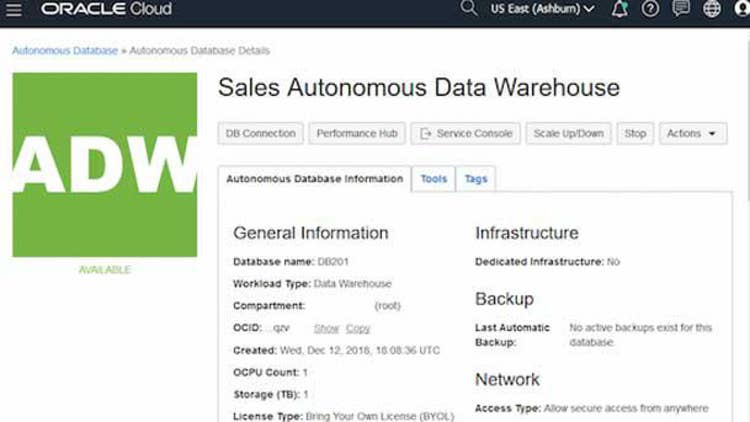
6. New Autonomous Data Warehouse Capabilities
In March, Oracle introduced a number of updates that aim to make its Autonomous Data Warehouse offering easier to use for experts and novices. The strategy from the company is to reduce how many databases users turn to for modeling and data analysis, Steven Zivanic, Oracle’s global vice president of database and autonomous services product marketing, told CRN at the time.
Oracle added a no-code user interface for automated machine learning through the AutoML UI. The interface automates machine learning model creation steps to speed up the process, improve model quality and allow novices to use machine learning.
Users of Python gained the ability to use the programming language to apply machine learning on data within the Oracle Autonomous Data Warehouse. The tool comes with 30-plus native machine learning algorithms.
With new property graph support, users gained the ability to create graphs within a data warehouse, query graphs with property graph query language (PGQL) and analyze graphs with more than 60 in-memory graph analytics algorithms.
And three new data lake capabilities became available for Autonomous Data Warehouse to query data in Oracle Cloud Infrastructure (OCI) Object Storage and all popular cloud object stores, among other updates.
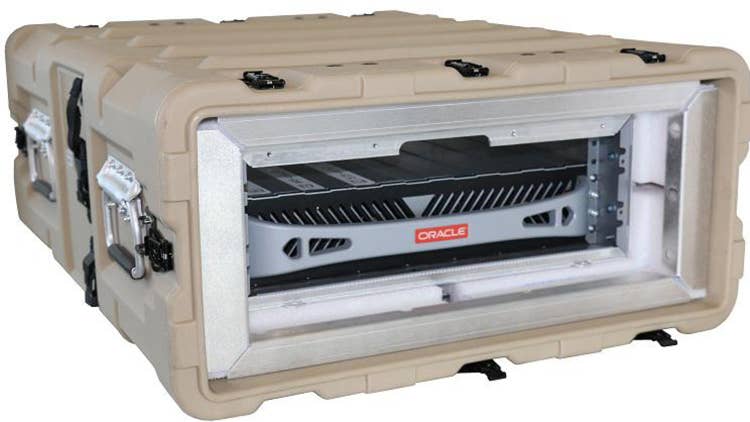
5. Roving Edge Infrastructure Introduced
In February, Oracle moved to bring its core cloud infrastructure capabilities to the edge with the introduction of Oracle Roving Edge Infrastructure, a new ruggedized, pre-configured edge device that can be deployed where needed to operate clients’ applications and workloads in the field.
Oracle Roving Edge Infrastructure is configured with customers’ applications before shipping to the field where they are used as needed, with customers paying a fixed $160 per day of usage, Ross Brown, vice president of product marketing for Oracle Cloud infrastructure, told CRN at the time.
The Oracle Roving Edge Infrastructure is a ruggedized portable device which can be deployed as a single device or in clusters of five to 15 devices. Each device includes 40 OCPUs, which in Oracle parlance are either Xeon-based cores with hyperthreading-enabled or SPARC-based cores, as well as a Nvidia Tensor Core GPU, 512 GBs of memory, and 61 TBs of storage.
Potential use cases include military, oil and gas, or other remote workloads, Brown said.
Brad Parks of Morpheus Data told CRN that more and more customers are seeking service providers with edge location facilities. “This move by Oracle should help them expand their footprint in new frontiers,” he said.

4. Continued Investment Around SPARC
In February, Oracle announced new features for virtualization, performance, security scale and system management for VM Server for SPARC (Scalable Processor Architecture).
The changes include auditing records produced for domain lifecycle events, performance improvement for all vsan MASK operations and klog support in MDB for vdisk server.
Dave Kushner, senior vice president of sales at Herndon, Va.-based Oracle partner ViON Corp., said that Oracle’s SPARC-related investments have been a big help to his company’s government agency clients, whose employees can get overwhelmed with the demands of porting applications from SPARC to x86, for example.
“It gives federal agencies the runway to do app ports the right way instead of the quick and sloppy way,” Kushner said.

3. Ellison Attacks SAP And AWS
In June, Ellison slammed SAP over its enterprise resource planning (ERP) software and attacked AWS over the Amazon Aurora database service.
To win the battle against SAP, Oracle’s strategy is to own the market for cloud ERP systems and then own industry-specific applications, Ellison told analysts on a call for the company’s fourth quarter financial results for the three months ended May 31. Ellison mentioned wanting to own the market for applications in manufacturing and customer relationship management (CRM) in particular.
“Oracle Fusion and NetSuite are now the world‘s two most popular cloud ERP systems,” Ellison said. “SAP, the leader in on-premises ERP, never rewrote their ERP system for the cloud. This has caused hundreds of customers to abandon SAP and migrate to Oracle Fusion ERP. That’s already happened.
“Over the coming months, several more major banks and utilities and a lot of other companies will complete their Oracle Fusion implementation projects and go live on Fusion ERP,” Ellison continued. “Oracle’s taking massive amounts of share away from SAP ERP. It’s crucial to our future.”
Ellison said SAP “entirely missed the boat” on ERP in the cloud on Oracle’s previous earnings call in March.
In April, SAP CEO Christian Klein spoke of the software giant’s sales growth in cloud computing while dismissing claims by Oracle of competitive wins. “Q1 was a blowout quarter in the cloud,” Klein said at the time.
As for AWS, a company statement released in June said that an upgrade to Oracle MySQL to include parallel processing query engine HeatWave puts Oracle MySQL at “10 to 100 times faster” than AWS’ Aurora database product. “This technological breakthrough is causing several of Amazon‘s customers to start moving their Aurora workloads to Oracle MySQL,” Ellison said in the company statement.
In January, AWS announced the next generation of Amazon Aurora Serverless, the on-demand, auto-scaling configuration for the Amazon Aurora relational database service, which is AWS’ fastest growing service in its history.
Aurora Serverless v2 scales to hundreds of thousands of transactions in a fraction of a second, according to AWS, delivering up to 90 percent cost savings when compared to provisioning for peak capacity.

2. Oracle Launches Cloud Lift Services
In April, Oracle launched Cloud Lift Services to make in-house cloud specialists available to solution providers and customers, potentially reducing cloud workload migration time while enhancing the partner opportunity around the company’s cloud platform.
The goal of Oracle Cloud Lift Services is to speed up the migration of workloads to the cloud—ideally, making migrations possible in days rather than months—with the assistance of Oracle cloud architects, the company said.
Steve Whinery, vice president for the Oracle business at Edison, N.J.-based solution provider Avaap, told CRN at the time that the Oracle services should help with overcoming the sometimes “daunting” infrastructure phrase for cloud migrations, in order to more quickly get into application development and implementation.
Whinery said that getting the conversation started about Oracle Cloud Infrastructure using an offering such as Cloud Lift Services is important to Avaap, as the solution provider looks to continue the growth of its Oracle business.
“Sometimes, organizations don’t know how to start the whole conversation,” Whinery said.

1. Oracle Loses Java Google Battle
The U.S. Supreme Court in April ruled 6-2 in favor of Google, ending an 11-year-old legal battle with Oracle that centered on whether the search engine giant had stolen Java software code for its popular Android mobile phone operating system.
The nation’s highest court overturned an earlier decision in the case in which Oracle was seeking a $9 billion pay-day in a copyright case related to the Java programming language.
Oracle – which acquired the Java application programming interface (API) from Sun Microsystems in 2010 - had maintained that Google stole thousands of lines of Java software code to build the popular Google Android mobile phone operating system. The Supreme Court victory for Google came even with the Justice Department supporting Oracle in the case.